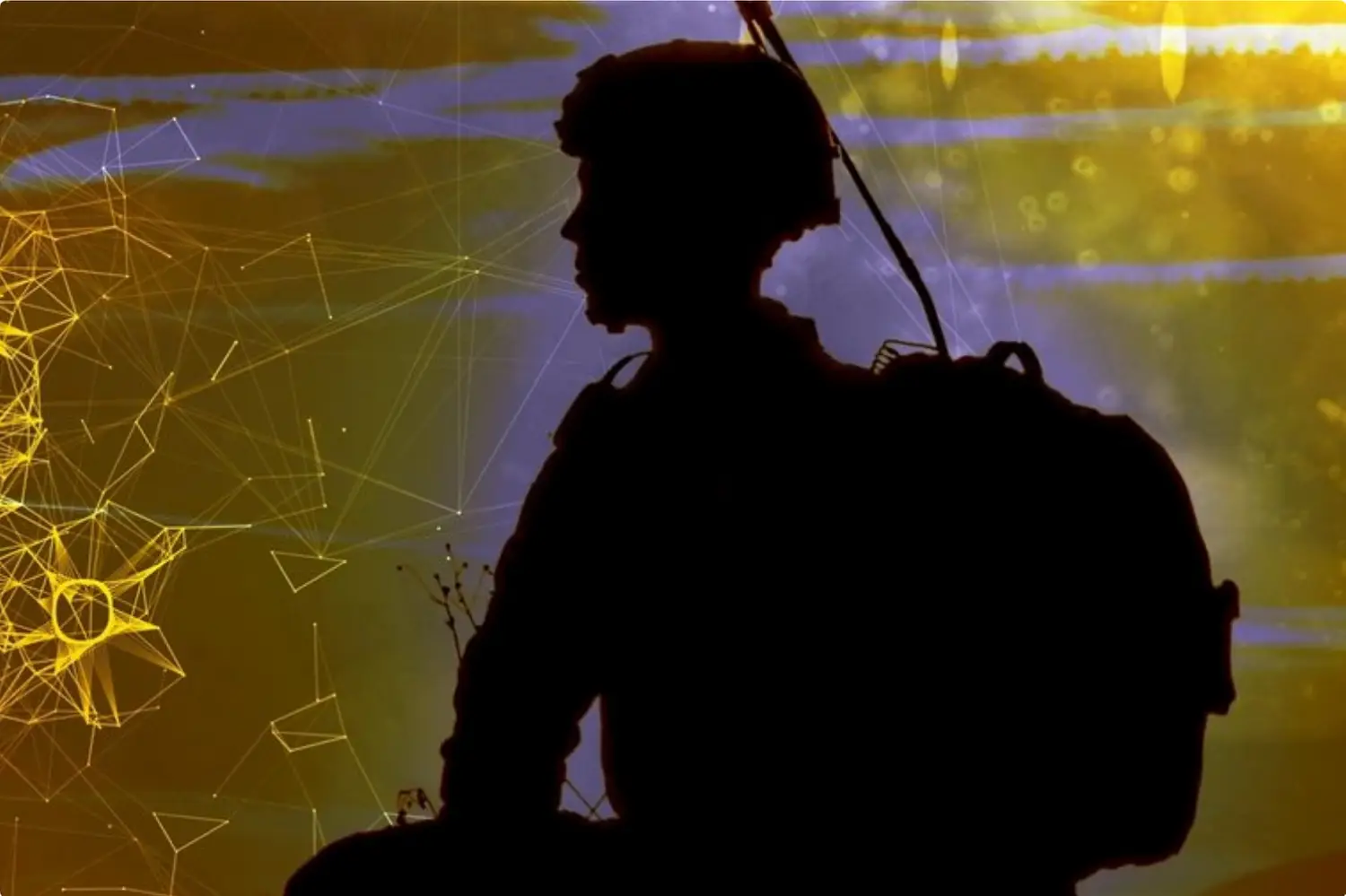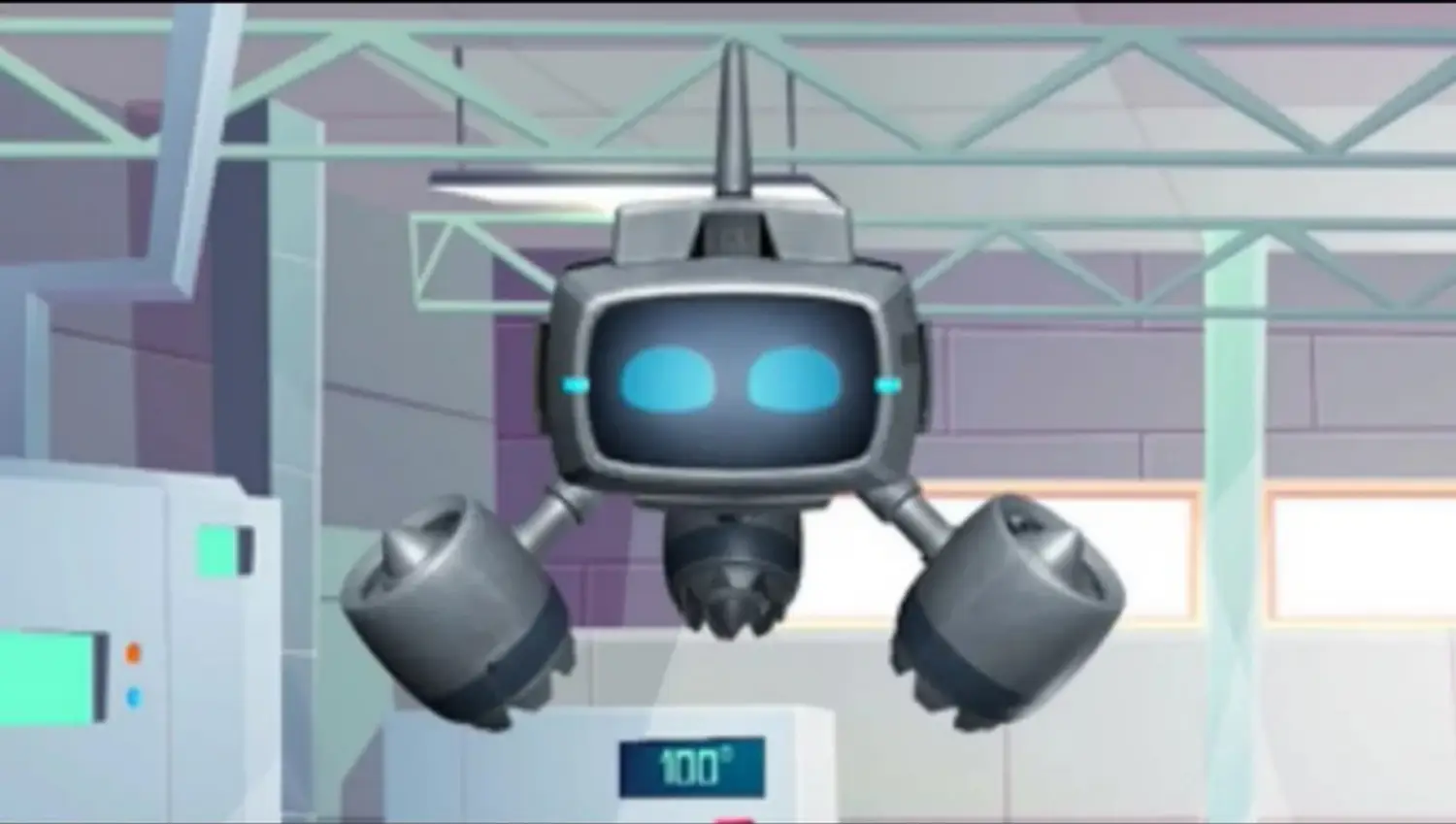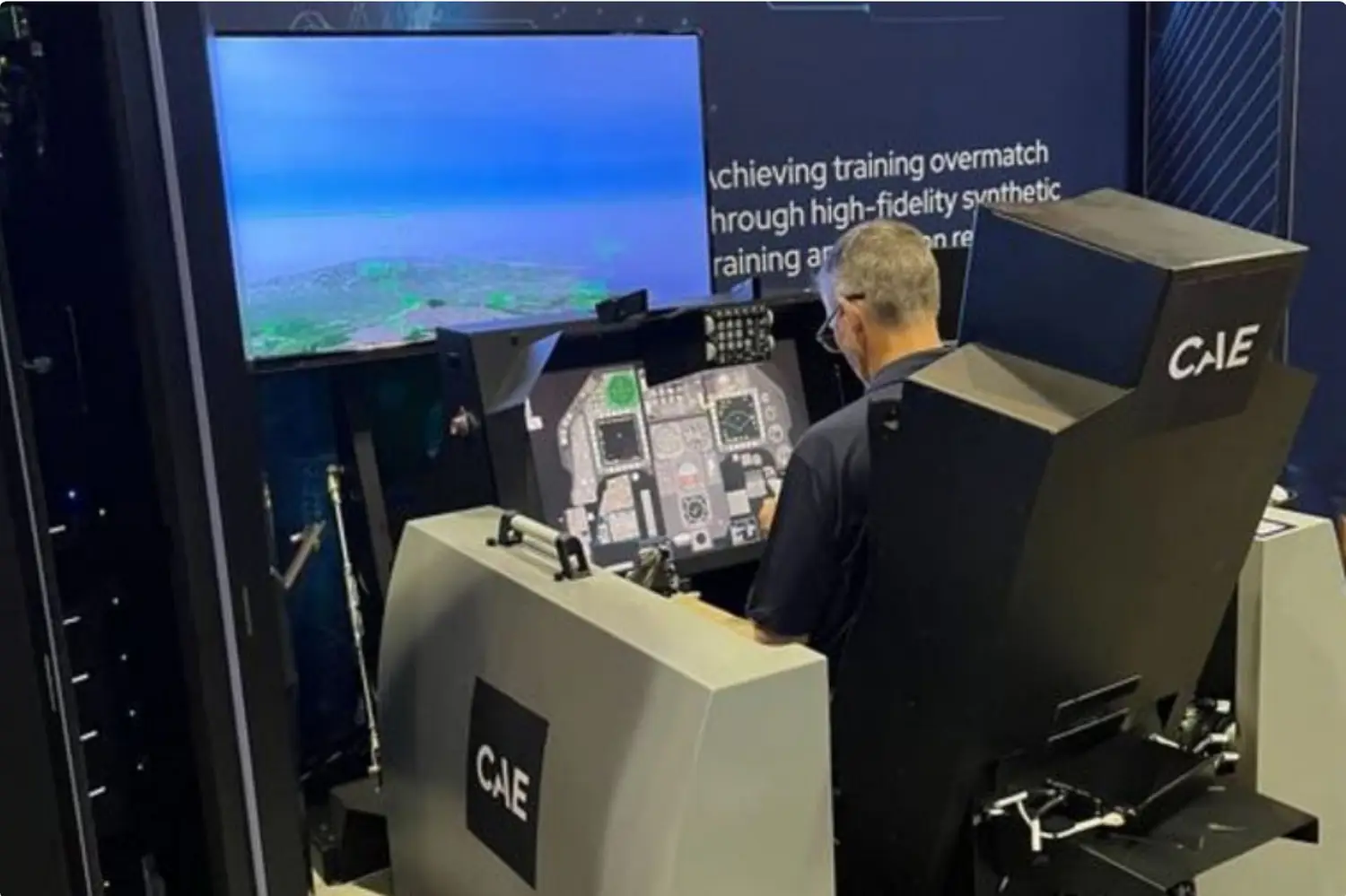
REPORT HOME > News
JANUARY 2024 | technology report | Military Training
by Flavia Camargos Pereira
Game-If-AI uses artificial intelligence and gamification techniques to train skills and competencies to build, interact with or manage systems.
Above: Game-If-AI uses concepts adapted from the army and USC’s learning programmes. (Photo: US Army)
The US Army has partnered with the USC Institute for Creative Technologies (ICT) to develop an app to teach soldiers how to use artificial intelligence (AI) tools. Named Game-If-AI, the solution has been designed to prepare personnel deployed in technical and non-technical areas.
The app uses AI and gamification techniques to train skills and competencies to build, interact with or manage AI systems by utilising concepts adapted from the army and USC’s learning programmes.
Aaron Shiel, software engineer in the learning sciences team within the ICT, claimed: ‘The questions that [the US Army] tried to answer were: how can we improve education using AI? How can we better prepare our soldiers for a future in which AI and tech will be further integrated?’
RELATED ARTICLES
DoD seeks to enhance AI data readiness
US military accelerates acquisition and adoption of artificial intelligence
US to increase funds for artificial intelligence capabilities in FY2024
I/ITSEC 2023: US Marine Corps seek AI capabilities for training purposes
Speaking with Shephard during I/ITSEC 2023 in Orlando, Florida, last month, Shiel noted that the current effort's current focus was ‘rapidly expanding’ the content in the system.
The project was launched last year and has remained in the development phase. Initially, by using guides, quizzes and dialog-based tutoring lessons, Game-If-AI has been providing users with a set of topics that include neural networks and natural language processing.
‘We want the system to be especially good for people in less technical roles such as leaders who are overseeing teams that are utilising AI tools,’ Shiel explained. ‘It is also good for operators that need to better understand the tools they are using.’
The solution leverages previous ICT research such as Personalized Assistant for Life-Long Learning (PAL3), a general pedagogical AI framework for personalized adaptive learning on mobile devices which provides on-the-job training, ongoing assessment and life-long learning support.
It also uses tailored content, including intelligent tutoring dialogues (OpenTutor), virtual mentors (MentorPal) and interactive tutoring when coding in Python notebooks.
The app has been fitted with an intelligent recommender system to support the learning process. This tool can identify users’ skills and gaps in their knowledge in addition to providing reports on their performance and feedback on how to improve it.
Above: Game-If-AI has remained in the development phase. (Photo: USC ICT)
‘It looks at your learning records to determine what your current skill level is and matches that with your current goal,’ Shiel remarked. ‘Then it is going to give you topics and lessons in a certain order depending on those factors.’
Although it has been developed for teaching AI skills, the solution can be also deployed to train soldiers in other domains including battlefield-related tasks.
‘We can put any sort of content in here to prepare for combat, any kind of lessons that [soldiers] need to remember and any kind of content that they were taught,’ Shiel said.
The USC ICT is a DoD University Affiliated Research Centre (UARC) sponsored by the US Army. Along with AI, ICT conducts R&D efforts in computer graphics, geospatial sciences, human performance, learning sciences, modelling, simulation and gaming, mixed reality and medical virtual reality.
The US Army, meanwhile, has been accelerating the procurement and integration processes of AI and machine learning (ML). The Army Futures Command’s AI Integration Center (AI2C) has been part of the overall effort, working on building up partnerships with academic, industry and professional partners for AI-related education and R&D.
The service has also been conducting several experiments, tests and demonstrations involving AI and ML use under Project Convergence.
Next article below > I/ITSEC 2023: CAE unveils US Air Force digital F-16 cockpit
JANUARY 2024 | technology report | Military Training
by Norbert Neumann
For the first time CAE exhibited a digital F-16 cockpit integrated with the Simulators Common Architecture Requirements and Standards (SCARS) marking a major step forward in training equipment virtualisation.
Above: Approximately 2,400 simulators across 300 US Air Force locations will be updated under SCARS. (Photo: Norbert Neumann/Shephard)
CAE showcased a digital F-16 fighter jet cockpit simulator connected to its Simulators Common Architecture Requirements and Standards (SCARS) for the first time at I/ITSEC 2023.
SCARS, a centralised enterprise solution which establishes a common open-systems architecture for US Air Force (USAF) simulators, platforms and the Joint Synthetic Environment, will enable all USAF simulators to leverage common applications, swiftly update and maintain evergreen modelling and simulation capabilities, and offer enhanced cyber resilience.
CAE USA has been the prime contractor on the USAF’s SCARS programme which has been established to integrate and standardize the service’s aircraft training simulators. The effort, currently in its fourth year, will run for a total of 10 years.
RELATED ARTICLES
Why the F-16 fighter jet remains a force to be reckoned with (updated 2023)
I/ITSEC 2023: MVRsimulation launches mixed reality Sand Table
I/ITSEC 2023: CAE and Cubic to mix live training with virtual at US Navy base in 2024
I/ITSEC 2023: Can military forces solve integration issues in the training domain?
Approximately 2,400 simulators across 300 USAF locations will be updated with the new common architecture. The initial task order covered nine sites and integrated new standards into the A-10 and KC-135 platforms.
Currently, SCARS is a US-only project, but Canada, Germany and the UK have all shown interested in the solution, according to CAE programme manager Mark Webb.
‘What we’re trying to show here is a big push from the USAF and the US Department of Defence (DoD) in general for virtualisation,’ Webb said.
At I/ITSEC 2023, a virtual cockpit was connected to a centralised server that can run up to two devices. Webb said that the cockpit could replicate any fighter as long as CAE was in possession of the accurate software configuration.
‘The fact that we virtualised all of this into one container allows the military to then connect those together, so you’re doing all this at a fraction of the cost,’ he stated.
A virtual cockpit linked to SCARS would have three core parts: the security operations centre, the on-premise equipment and the trainer. Due to the security operations centre, USAF personnel would be able to run mission sets of the highest classification, Webb said.
‘Last year, we had probably about 5% [of the system] virtualised,’ he noted. ‘Right now, this is 50% virtualised, and in the next six to 10 months, we’ll have 100% virtualisation of the F-16.’
Once the F-16 virtualisation is completed, CAE will start looking at the integration of other platforms,’ Webb added.
SCARS has been focused on commonality and interoperability for all DoD training efforts. It will aim to create a unique approach to synthetic training environments, providing crews with a more realistic training environment, while integrating into broader training systems to facilitate the move to multi-domain operations.
At I/ITSEC 2023, CAE also showcased the Soldier Virtual Trainer (SVT) Phase II prototype, a solution developed to address weapon skills development as part of the Program Executive Office for Simulation, Training, and Instrumentation (PEO STRI) modernisation effort to transform US Army training.


